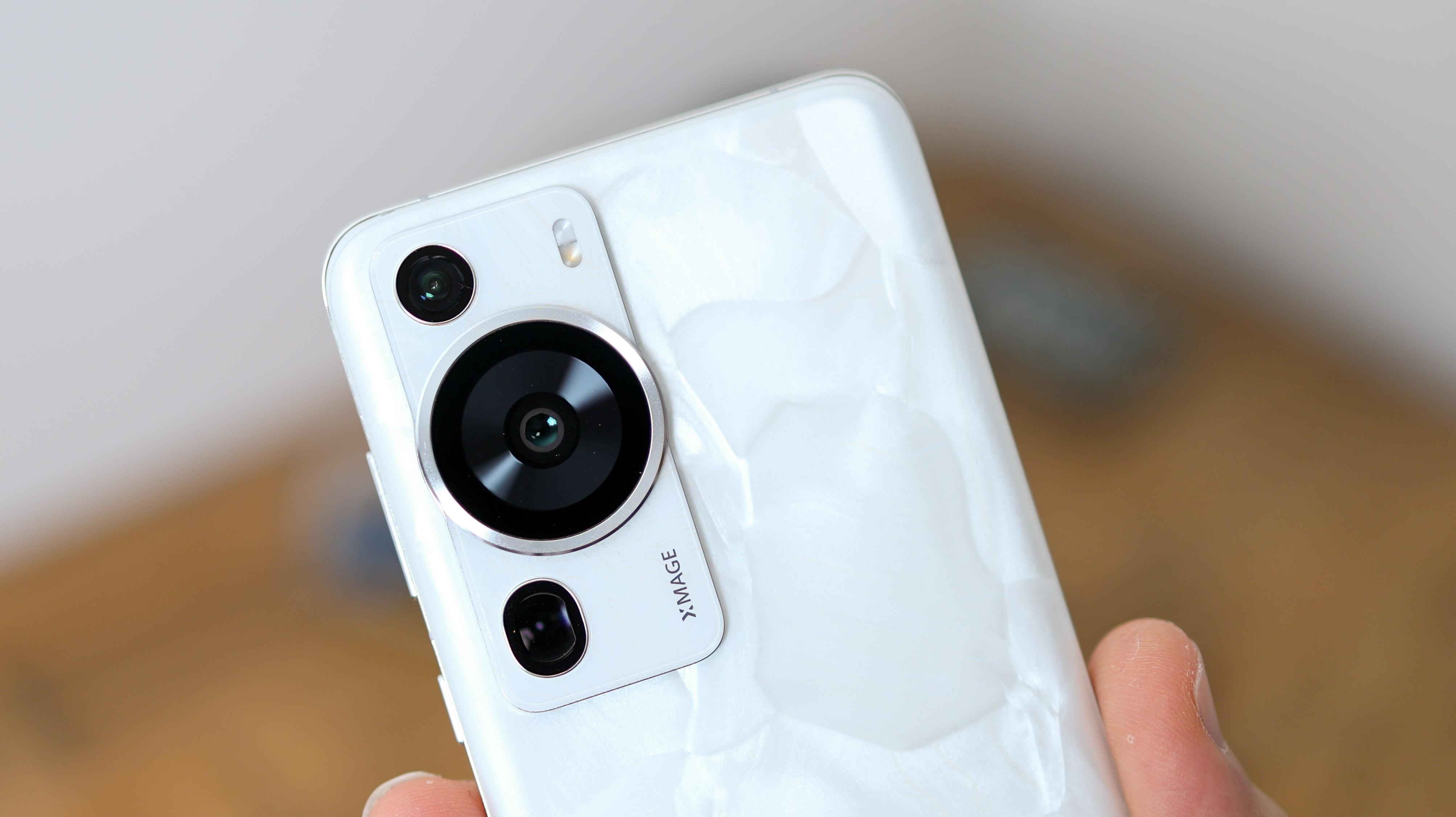
The Huawei P60 Pro has been announced outside China for a punchy price of £1,199 (approximately $1,500), and it's the latest phone to take the DxOMark top spot for its camera performance. Far from the first phone to win gold from DxOMark in 2023, it bests past winners like the Honor Magic 5 Pro and Oppo Find X6 Pro.
The P60 Pro brings back the variable aperture main camera we saw on the Mate 50 Pro, upgrading the computational photography to take instant night mode photos.
Going further still, Huawei's also introduced a first-of-its-kind periscope system that packs the most versatile telephoto camera we've ever used on a mobile. With a near focus distance of just 10cm matched with an optical reach of 90mm (3.5x zoom equivalent), it's an incredible macro photography tool, even if it isn't as far-reaching as the Galaxy S23 Ultra's 10x telephoto.
The @Huawei #P60Pro takes the top spot in the #DXOMARK Camera ranking, thanks to class-leading still image quality with the primary camera and at most zoom settings. 🥇 The #HuaweiP60Pro product review: https://t.co/BOZQifUugN pic.twitter.com/VbZhcyJH3GMay 9, 2023
Going into a bit more detail, we should start with specs, and the main camera combines a 48MP sensor with a wide 25mm focal length and a variable aperture. This starts at a super-wide f/1.4, climbing all the way to f/4. That makes the P60 Pro, arguably, the most powerful camera phone around for long-exposure photography and possibly even lowlight capture.
On the subject of aperture, the Huawei P60 Pro's telephoto camera has the widest lens of any periscope camera we've seen on a smartphone, combining a fixed f/2.1 aperture with a 90mm focal length, and a 48MP resolution. With both a stabilized lens and a shifting sensor, we've been floored by how well the P60 Pro holds zoomed-in scenes together, turning off-the-cuff handheld shots into crisp stills, even in middling light.
The least impressive camera around the back of the Huawei P60 Pro is its 13MP ultra-wide, which packs autofocus and an f/2.2 lens. Despite missing out on new fandangle party tricks like the primary and telephoto, it still captures super-close-up shots as near as 4cm for a more fisheye-like style of macro photography.
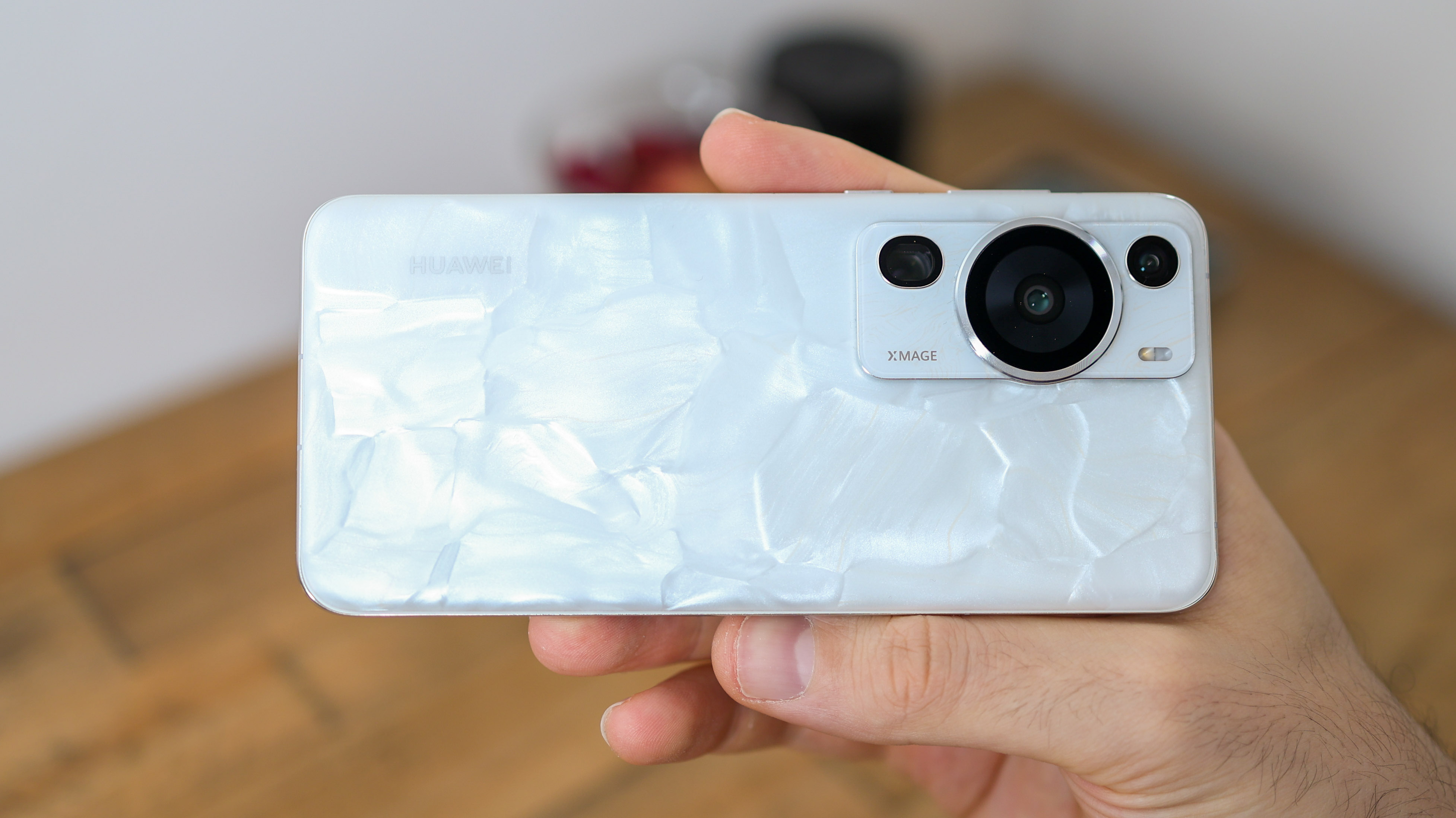
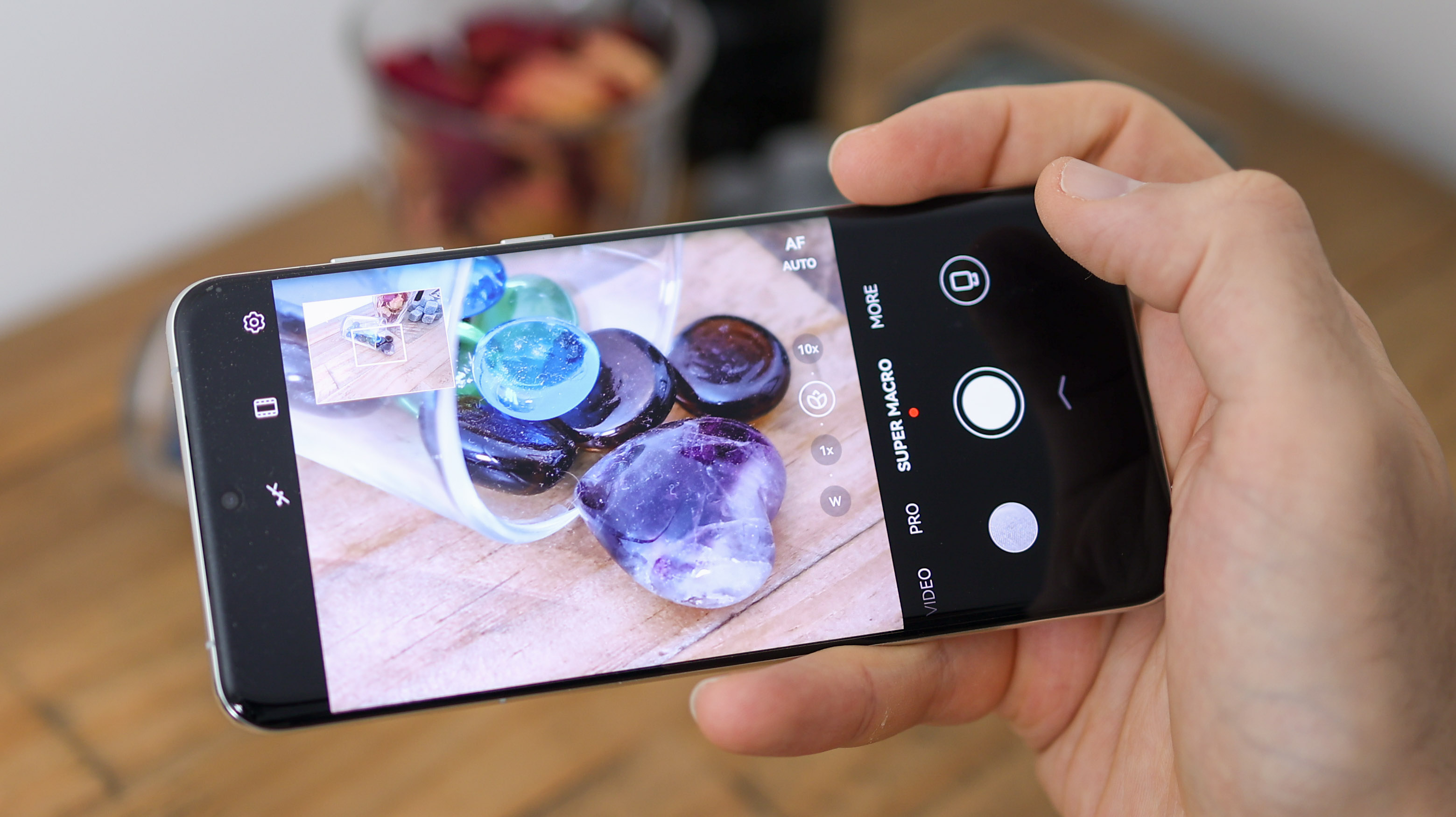

It isn't just hardware that helps the Huawei P60 Pro's camera edge ahead of the competition. The phone's software also takes computational photography to another level. Huawei's figured out a way to instantly bracket shots, and create night mode-grade photos without the long-exposure waiting we've come to expect from competitors like Apple's iPhone, Samsung's Galaxy and Google's Pixel lines.
We're guessing it's the same super-bracketing computational magic that helps the periscope camera capture crisp snaps in not-ideal conditions, but can't say for sure. You can see some examples of the periscope camera's macro performance below.



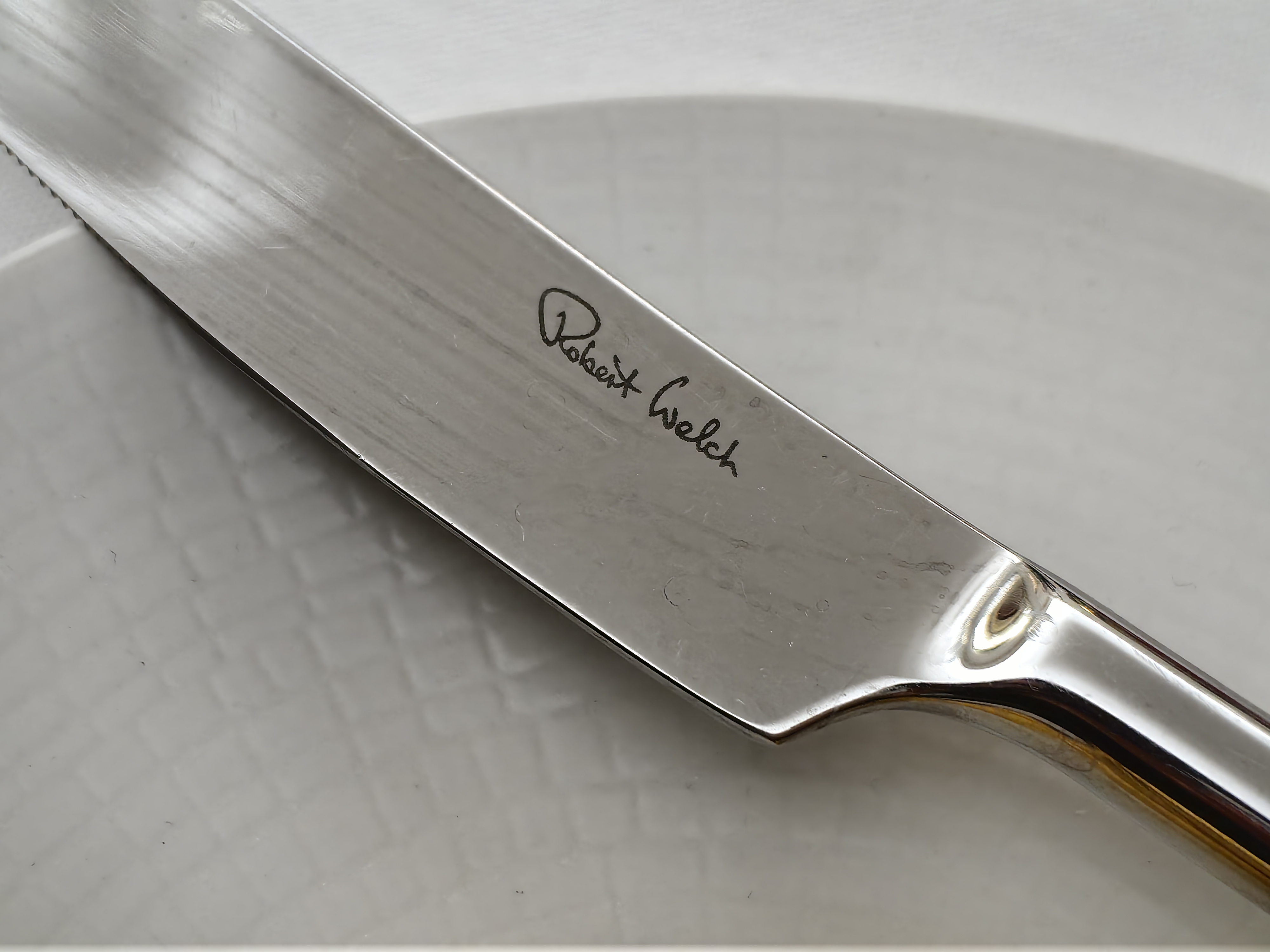
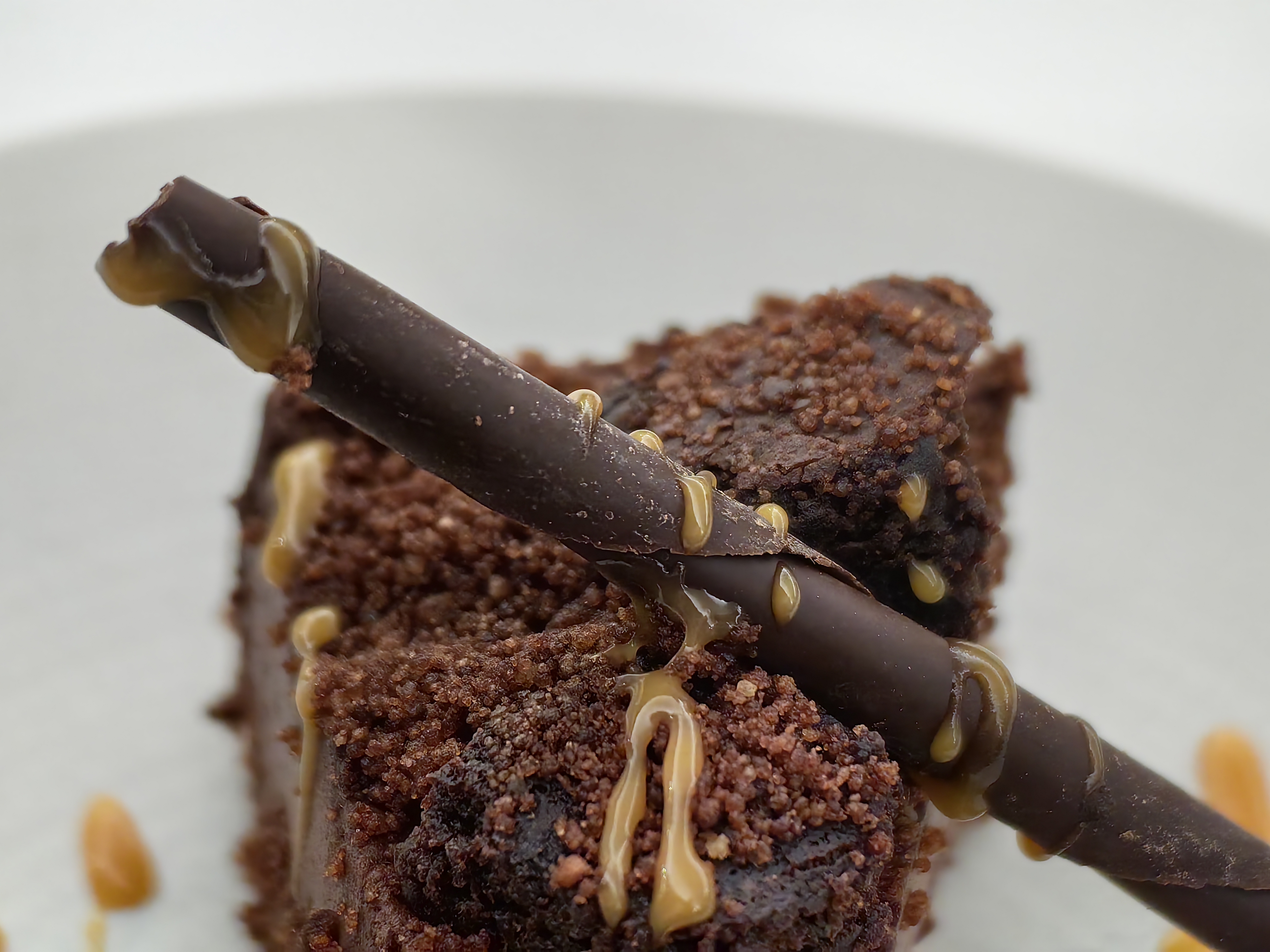



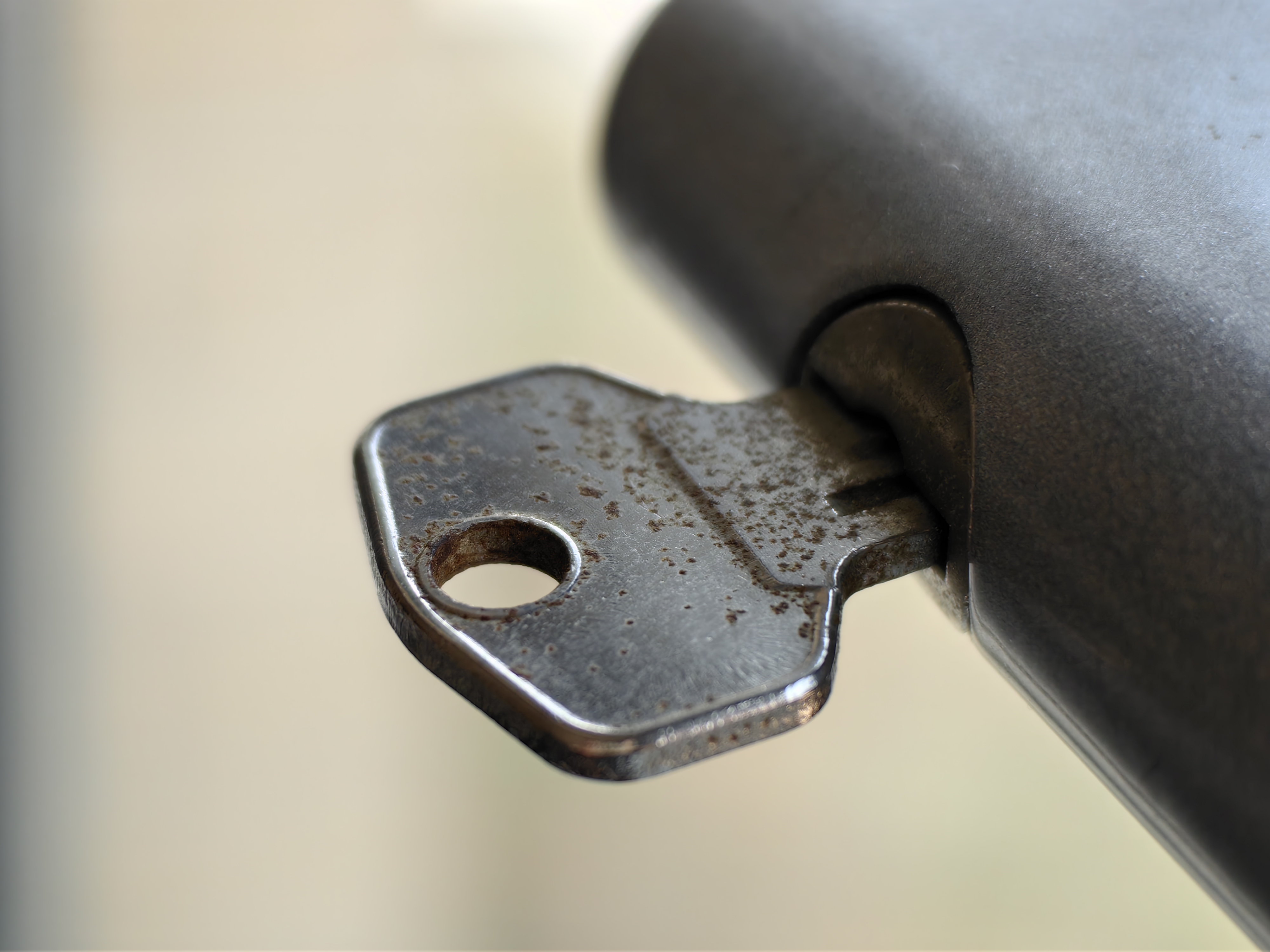

We can't cover Huawei without caveating that the firm's phones are hamstrung by sanctions. The P60 Pro doesn't support any Google apps, and it also misses out on 5G despite its sky-high price.
As a photography showcase, though, the Huawei P60 Pro is a superb demonstration of exactly what's possible when a company invests big in camera R&D.
After the excellent Xiaomi 13 Ultra launched just a few weeks prior, which packs a massive 1-inch sensor and a two-stage variable aperture as well as a suite of other cameras, Chinese smartphones are clearly where it's at from a camera phone point of view. In fact, we'd go so far as to say the 13 Ultra and P60 Pro are the best camera phones we've ever tested.
If you're reading this in the UK, though, while the Xiaomi 13 Ultra won't be hitting British shores, Huawei's flagship will. So are you prepared to sacrifice on 5G and Google apps in order to get the best camera phone available where you live? That's a question only you can answer.
Huawei's Google-free experience might have limited appeal outside China, but there are still plenty of amazing camera phones to choose from, find out more in our guides to the best camera phone and the best Android phone.







